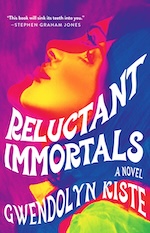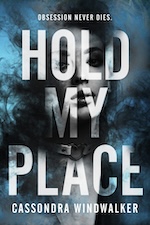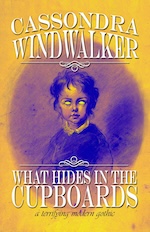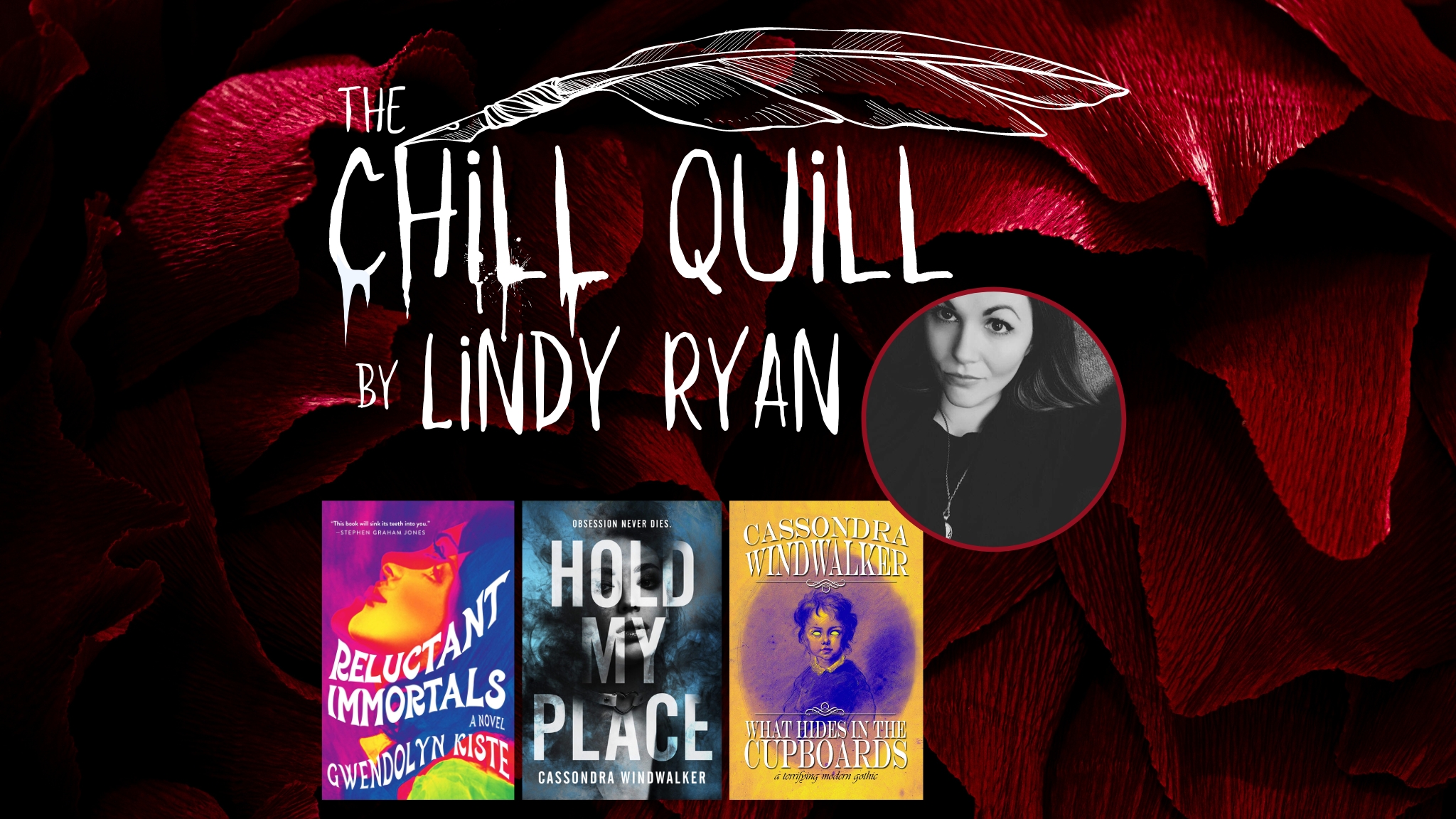This is the first edition of The Chill Quill, a twice-monthly Horror, Suspense and Speculative Fiction column by Lindy Ryan.
There’s something beautiful about the dark, isn’t there?
Characterized by dark atmospheres, grotesque characters and events, and powerful emotions that blur the line between love and hate, Gothic fiction has flourished since the publication of Horace Walpole’s The Castle of Otranto in 1764. Widely regarded as the novel that established the genre, Otranto introduced what would become the definitive tropes of the Gothic fiction — creepy castles, cursed families, and a reliance on gloomy, foreboding ambiance — but it was Ann Radcliffe’s A Sicilian Romance, published in 1790, that birthed the subgenre of Gothic romance.
Radcliffe kept many of the same tropes that Walpole’s work established but flipped the perspective, giving female protagonists the lead to “battle through terrifying ordeals while struggling to be with their true loves.” In 1818, Mary Shelley’s Frankenstein (or The Modern Prometheus) further incorporated horror elements, converting the typical Gothic villain from an evil man or supernatural creature into a “physical embodiment of human folly, brought to life through the power of science.” Thus, Radcliffe and Shelley’s contributions propelled the Gothic genre from the ordinary into the extraordinary, weaving romance and horror together into the dark, horrible, beautiful works we have come to know and love.
Over the centuries, women have flocked to Gothic romance. From Radcliffe on, female leads began to govern the genre, including Charlotte Brontë’s Jane Eyre in 1847 and Daphne Du Maurier’s Rebecca in 1938. Authors such as Victoria Holt, Mary Stewart, and Phyllis A. Whitney dominated Gothic romance from the 1960s to the 1990s. In 1983, Vincent Virga’s Gaywyck became the first published gay Gothic romance.
But what is it about Gothic that is so romantic anyway? There are, of course, the romantic settings and stock devices — ruined abbeys, crumbling castles, and the like — and the use of gloomy, desolate, or otherwise foreboding atmospheres for psychological effect. But it’s the immersion in extraordinary worlds and moral ambiguity that often fans the flame of fated Gothic romances. In these dark, emotional stories, love functions the same as any passion; it drives characters to extreme behaviors — from hysteria to remorseless, to consumption and despair. In this way, love is a powerful potion. It bubbles over the story, often becoming its failure point — or its triumph. After all, what is scarier than falling in love, anyway?
 “Love is frightening,” says Gwendolyn Kiste, author of Reluctant Immortals. “Even in the best of circumstances, romance and lust and falling in love can all be incredibly scary. Plus, whether you’re in love or simply terrified, the results on the body can be eerily similar,” Kiste adds. “Your heart beats faster, your mind races, and you don’t feel entirely like yourself. I think that’s part of the reason Gothic romance feels so natural to readers: it acknowledges something primal within us.”
“Love is frightening,” says Gwendolyn Kiste, author of Reluctant Immortals. “Even in the best of circumstances, romance and lust and falling in love can all be incredibly scary. Plus, whether you’re in love or simply terrified, the results on the body can be eerily similar,” Kiste adds. “Your heart beats faster, your mind races, and you don’t feel entirely like yourself. I think that’s part of the reason Gothic romance feels so natural to readers: it acknowledges something primal within us.”
The allure of Gothic romance was definitely on Kiste’s mind when she penned her award-winning title Reluctant Immortals, combining the stories of both Dracula and Jane Eyre. Over the years, both Dracula and Edward Rochester have certainly been transformed into Byronic heroes, their stories dark and twisted yet often still seen as romantic. However, Kiste wanted to explore the consequences of these toxic men and the effect they had on the women in their lives: Lucy Westenra is still coping with the never-ending cycle of abuse from Dracula, while both Jane Eyre and Bertha Antoinetta Mason (or Bee, as she’s called in Kiste’s novel) are dealing with the ongoing trauma of Rochester’s treatment. In the midst of all that, however, there’s a strong center of Gothic romance — between Jane and Bee.
“It was such an exciting and intriguing chance to transform the traditional Gothic romance of Jane Eyre into something that focused on the female characters and their love for each other,” says Kiste, adding, “When it comes to both retellings and Gothic romance, there are so many stories still left to be told out there; I can’t wait to see how authors, in particular women and LGBTQ+ writers, explore Gothic romance in new and unique ways in the coming years.”
 Of course, “happily ever after” often takes on a different meaning at the end of a Gothic romance. One such example is Cassondra Windwalker’s highly praised novella Hold My Place, wherein librarian Sigrun falls head-over-heels for the sophisticated and very-married Edgar Leyward. Sigrun never expects to find herself in Edgar’s bed or his heart, but when his wife dies from a sudden illness, Sigrun finds herself caught up in a whirlwind romance worthy of the most lurid novels on her bookshelves. She soon discovers that not one, not two, but three women Edgar has loved met early deaths, and as Sigrun delves into her beloved’s past through a trove of discovered letters, the edges of her identity begin to disappear, fading into the women he once loved — and who once loved him.
Of course, “happily ever after” often takes on a different meaning at the end of a Gothic romance. One such example is Cassondra Windwalker’s highly praised novella Hold My Place, wherein librarian Sigrun falls head-over-heels for the sophisticated and very-married Edgar Leyward. Sigrun never expects to find herself in Edgar’s bed or his heart, but when his wife dies from a sudden illness, Sigrun finds herself caught up in a whirlwind romance worthy of the most lurid novels on her bookshelves. She soon discovers that not one, not two, but three women Edgar has loved met early deaths, and as Sigrun delves into her beloved’s past through a trove of discovered letters, the edges of her identity begin to disappear, fading into the women he once loved — and who once loved him.
“Readers of every genre are fascinated by what blurs the line between love and hate—how protectors sometimes become wardens, what turns adoration into obsession,” says Windwalker. “We see this addressed in mysteries, in thrillers, in poetry, in literary fiction. Fantasy worlds and ancient myths are only costumes for this most human of theatre. And our fascination — perhaps our obsession? — derives from this continual conflict in our daily lives.”
 Sigrun tells herself it’s impossible for any dark magic to be at play in Hold My Place — that the dead can’t possibly inhabit the bodies of the living — but something shadowy stalks the halls of the Leyward house and the lines between the love of the present and the obsessions of the past become increasingly blurred. Windwalker continues this darkly unsettling exploration of the human psyche, and its capacity to love, in her newest What Hides in the Cupboards, when, following a traumatic accident, an artist trades her life in Chicago for the enchanted deserts of New Mexico. But not all is quaint in the heart of her new home, and love, guilt and grief demand that Hesper remain within the haunted pueblo. To free herself, she must free the trapped spirits, but the creatures lurking in the shadows are not what they appear, and the truth is darker than she ever dared imagine.
Sigrun tells herself it’s impossible for any dark magic to be at play in Hold My Place — that the dead can’t possibly inhabit the bodies of the living — but something shadowy stalks the halls of the Leyward house and the lines between the love of the present and the obsessions of the past become increasingly blurred. Windwalker continues this darkly unsettling exploration of the human psyche, and its capacity to love, in her newest What Hides in the Cupboards, when, following a traumatic accident, an artist trades her life in Chicago for the enchanted deserts of New Mexico. But not all is quaint in the heart of her new home, and love, guilt and grief demand that Hesper remain within the haunted pueblo. To free herself, she must free the trapped spirits, but the creatures lurking in the shadows are not what they appear, and the truth is darker than she ever dared imagine.
“Horror, particularly romantic Gothic horror, with its setting deep in the recesses of the human spirit, allows to go much deeper,” says Windwalker. “To lay ourselves bare in all our ugliness and grotesqueness and give a name to every forbidden impulse, every secret longing. To show what grins behind the mask of what we call love.”




